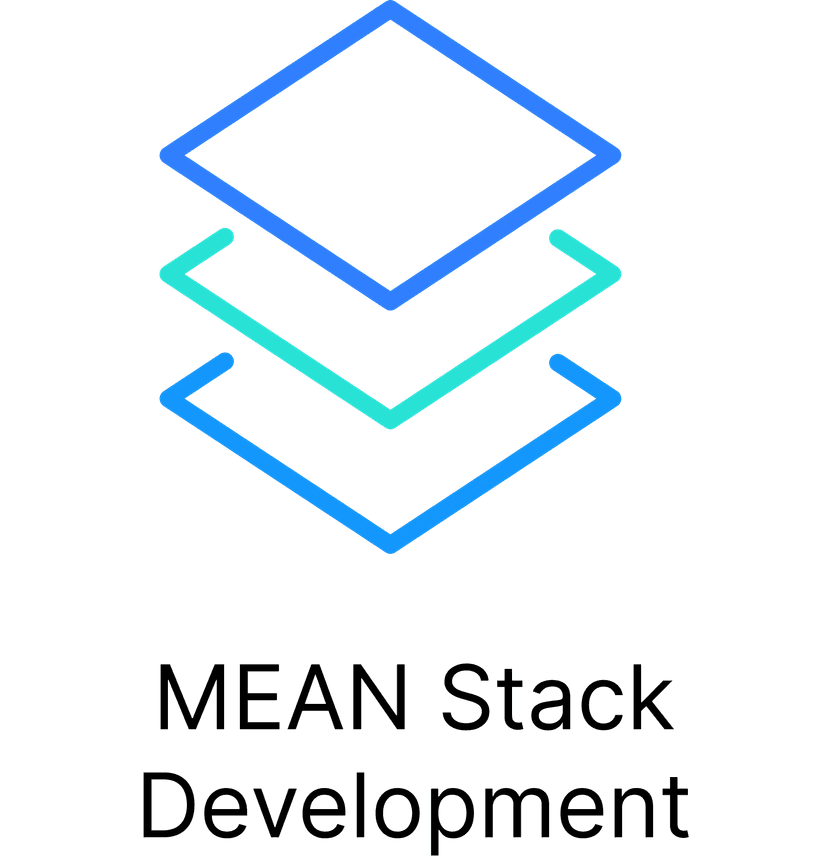MEAN Stack Development

What is MEAN stack development?
Definition
MEAN Stack Development refers to the process of building web applications using four key technologies: MongoDB (a NoSQL database), Express.js (a web application framework), Angular.js (a front-end JavaScript framework), and Node.js (a runtime environment for executing JavaScript on the server-side).
Analogy
Imagine building a house. MongoDB is like the foundation, storing all the data and information. Express.js is the framework of the house, providing structure and organization. Angular.js is the interior design, making the house look visually appealing and user-friendly. Finally, Node.js is the plumbing and electrical system, allowing the different parts of the house to communicate and function together.
In other words
MEAN Stack Development is like constructing a well-designed, efficient, and visually appealing house using a specific set of tools and technologies.
Why is MEAN stack development important?
It's one thing to know what MEAN Stack Development is, but that is worthless if you don't know why you should know what a code repository is in the first place. Let's break down the importance of this tech term based on two high-level categories. We'll walk through an explanation as well as provide a score, 1-10, that shows you how much you should care about MEAN Stack Development.
Pre-Product: 1/10
If you don't have a product yet, MEAN Stack Development may not be a top priority for you. However, it's still important to be aware of the technologies and tools used in web development, as they can help you make informed decisions when it comes time to build your product.
Live Product: 5/10
If you have a live product, MEAN Stack Development becomes more important. Using the MEAN stack can help streamline your development process, reduce development time, and improve the performance of your web application. Having a solid understanding of these technologies can help you make better decisions when it comes to optimizing and scaling your product.
Examples of MEAN stack development
So you know what MEAN Stack Development is, by definition. You know if you should care about it or not depending on your situation as a business/company/product. To dig in deeper, we will walk through some tools and processes so we can make sure you really have a solid grasp on MEAN Stack Development.
Todo App
A simple Todo App is a common example of a web application built using the MEAN stack. In this example, MongoDB stores the user's tasks, Express.js handles the API requests, Angular.js displays the tasks in a user-friendly interface, and Node.js runs the server-side code.
E-commerce Platform
MEAN Stack Development can also be used to build more complex applications, such as an e-commerce platform. In this case, MongoDB would store product information, customer data, and order history. Express.js would manage the API for product listings, shopping carts, and user accounts. Angular.js would provide a responsive and interactive user interface, and Node.js would handle server-side tasks like payment processing and order fulfillment.
Key Takeaways:
- MEAN Stack Development is the process of building web applications using MongoDB, Express.js, Angular.js, and Node.js.
- If you do not yet have a product, MEAN Stack Development may not be a top priority, but it's still important to be aware of the technologies and tools used in web development.
- If you do have a product, using the MEAN stack can help streamline your development process, reduce development time, and improve the performance of your web application.
- Examples of MEAN Stack Development include building a simple Todo App or a more complex e-commerce platform.

